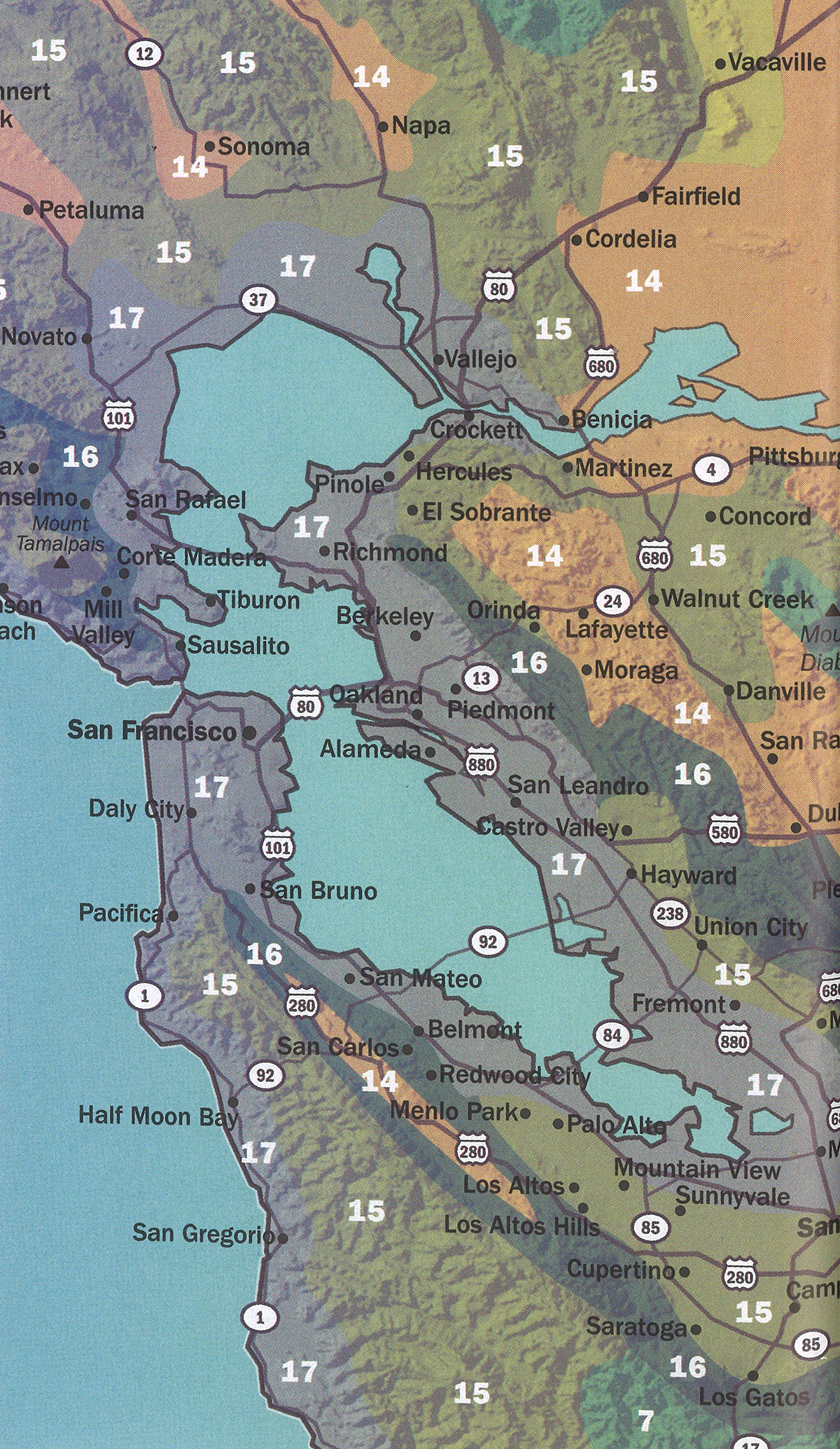
| height | 1–5ft | |
| width | 1–5ft | |
| tolerates | Heat, Pots, Rooftops | |
| water needs |
Moderate | |
| water info |
For the first three years after it’s planted, this plant should be watered deeply but infrequently (when the top three inches of soil or so have dried). After that, it will look best with occasional deep waterings every couple weeks to a month. Use drippers, emitters or a slow stream of water so that it doesn’t run off; allow the water to trickle all the way down through the deepest layers of soil. If you find the plant slow to grow in the warm season, increase watering. Though this plant is not very thirsty, never let it go bone dry in a pot. |
|
| hardy to |
25F | |
| exposure | Part Shade – Full Sun | |
| indoor outdoor |
Outdoor | |
| drainage | In Ground: Planting Mix, In Pots: Potting Soil | |
| fertilizing | All Purpose 1/2 Strength | |
| origin | Mexico, Guatemala | |
| california native |
No | |
| sunset zones |
9, 12–H2 |
Full Sun
Six or more hours of sun beams directly landing on the plant's leaves.
Part Shade
Three to five hours of sun beams directly landing on the plant's leaves.
Part Sun
One to two hours of sun beams directly landing on the plants leaves.
Full Shade
The plant is never fully lit by sun beams,
but is in a bright spot or has dappled sunbeams playing over the leaves throughout the day.
Deep Shade
The plant never has dappled light on the leaves, and is in a place that feels dim, even on a nice sunny day.
